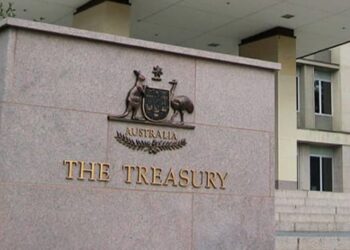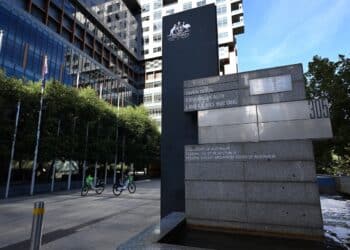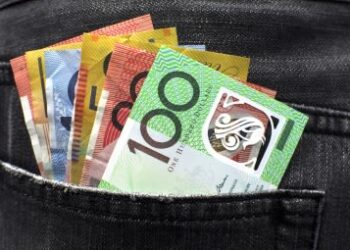Last week, the Financial Advice Association Australia (FAAA) confirmed that the Australian Securities and Investments Commission (ASIC) has reduced the levy charged to advisers by $400 per adviser.
Namely, the corporate regulator released the final figures that will apply for the ASIC funding levy for the 2022–23 financial year in two legislative instruments last week, noting that the total cost for the advice sector has been reduced by nearly $8 million to $47.6 million.
“Based on the information in the legislative instruments, we estimate that the final amount will be around $400 per adviser lower than the original estimate, at $2,818 per adviser,” the chief executive officer of the FAAA, Sarah Abood, said in a statement on Thursday.
When ASIC published their estimates for the 2022–23 year, in June, the total cost recoveries for financial advisers providing personal advice to retail clients was estimated at $55.5 million, with advisers expected to pay a minimum levy of $1,500 plus $3,217 per adviser.
Reacting to the reduction, the executive director of the Association of Independently Owned Financial Professionals (AIOFP), Peter Johnston, told ifa that while the body welcomes the reduction, the announcement doesn’t go far enough.
“We are obviously pleased the levy has been reduced but it looks like it was only due to an accounting miscalculation,” Mr Johnston said.
“The AIOFP would prefer it being eliminated due to the bizarre notion of the advice community directly funding its own police force to investigate and prosecute itself.
“Considering the government is quick to snaffle any penalties paid by misbehaving institutions into general revenue, we think it is only fair that at the very least, an independent party decides on the quantum to be paid, ASIC is far too conflicted to make this call.”
Mr Johnston also added that with a federal election looming, “six months out from the election date will be the time to lobby the politicians on its elimination”.
Also speaking to ifa, Neil Macdonald, CEO at The Advisers Association, said adviser expectations are still not being met.
“There is an old saying, ‘Never look a gift horse in the mouth’, so it is positive that the ASIC levy for financial advisers is less than originally expected,” said Mr Macdonald.
“But there is also another old saying, ‘Treat others as you would like to be treated’.
“What professional financial advisers have been asking for is more certainty on what the costs of the ASIC levy will be so they can budget for this component of their business expenses.”
Even more important than certainty, however, Mr Macdonald said, is the need for transparency around what is fair and reasonable. This transparency, he noted, should extend to how the ASIC levy is calculated and what proportion of the levy relates to ASIC staff costs, office overheads, travel, legal fees, etc.
In August, the FAAA’s Ms Abood brought up concerns regarding the ASIC levy and the corporate regulator’s lack of transparency before a parliamentary inquiry into the regulator.
“We think our members may be paying for expenditure that shouldn’t be attributed to them. However, we have no visibility of how ASIC attributes its enforcement costs,” Ms Abood said at the time.
“Very little information is provided to the regulated population on how its money is being spent.”
Ms Abood said “more transparency” would allow for any errors to be picked up, ensuring costs are being shared fairly.
“As I understand it, ASIC attributes enforcement costs first to the sector that it feels was attributable for the enforcement and I think that number was $18 million, and then based on the enforcement cost, it then attributes its fixed costs and its operating costs to sectors in the same proportion.
“So, we think that’s the reason why the cost for our sector has escalated so rapidly. That those enforcement costs may possibly have been attributed to our sector incorrectly.”
Under the former government’s ASIC levy freeze, the costs charged to the sector amounted to $22.8 million. This meant that at the time, advisers were charged a minimum levy of $1,500, plus $1,142 per adviser.




Labor or Liberal it makes no difference – just vote them out. They’ve had their chance and they’ve blown it, time for new people in positions of power that can do what they are paid to do.
It’s still massively up and lord knows how sky high it will go after the csolr is included in2024. Its really disgusting, once you add the levy and mandatory over priced PI cover it costs north of $20k just to be licensed. Add mandatory software crm, investment research and licensee fees on top – costs $50k or -$50 just to bill $1. Absurd and internationally the most over regulated profession. Not included costs for fasea etc. The only participants left in retail who arent paid directly by the provider like super funds, are doing so to help their clients only. But government, the compliance econonmy EVERYONE takes then complain that advice starts from 5k. Disgusting
well said, my qualified wife is a psychologist and her PI cover is $250 pa.